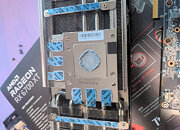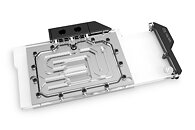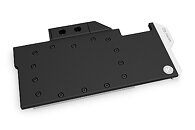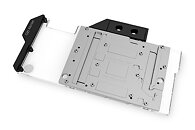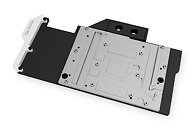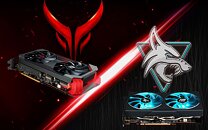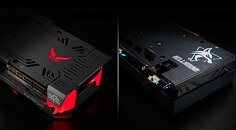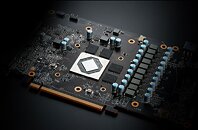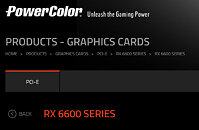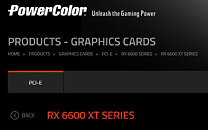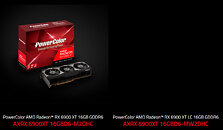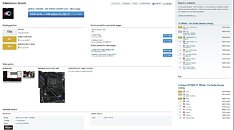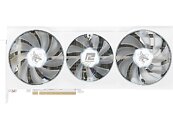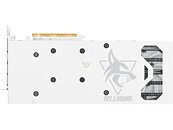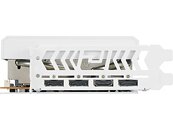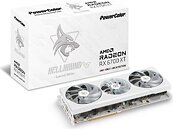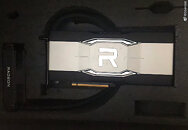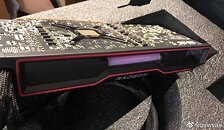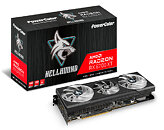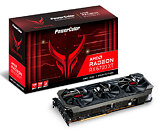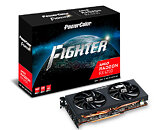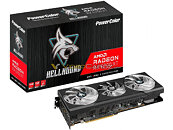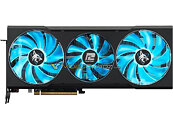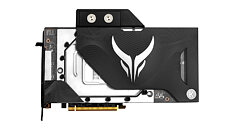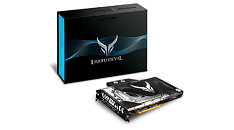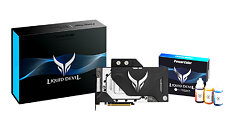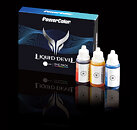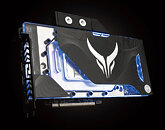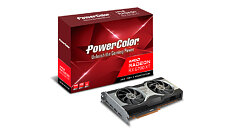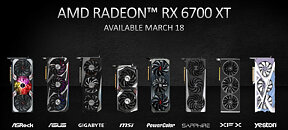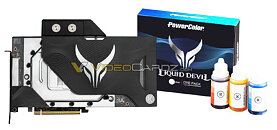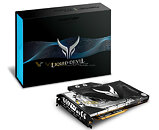
PowerColor Refreshes its Graphics Card Lineup
TUL Corporation, a leading and innovative manufacturer of AMD graphic cards since 1997, is announcing today new additions to its AMD Graphics card lineup. With higher GPU clocks and faster memory, the latest AMD Radeon RX 6950 XT, AMD Radeon RX 6750 XT and AMD Radeon RX 6650 XT graphics cards will give gamers the extra edge on their favorite game titles.
The new graphics cards leverage the breakthrough AMD RDNA 2 gaming architecture, include process optimizations and software and firmware enhancements, and offer high-bandwidth, low-latency AMD Infinity Cache memory technology and ultra-fast 18 Gbps GDDR6 memory. They also support Microsoft Windows 11 and Microsoft DirectX 12 Ultimate, AMD FidelityFX Super Resolution (FSR), the forthcoming AMD FSR 2.01 and AMD Radeon Super Resolution upscaling technologies, as well as other advanced features that provide visually stunning, high-refresh rate gaming experiences.
The new graphics cards leverage the breakthrough AMD RDNA 2 gaming architecture, include process optimizations and software and firmware enhancements, and offer high-bandwidth, low-latency AMD Infinity Cache memory technology and ultra-fast 18 Gbps GDDR6 memory. They also support Microsoft Windows 11 and Microsoft DirectX 12 Ultimate, AMD FidelityFX Super Resolution (FSR), the forthcoming AMD FSR 2.01 and AMD Radeon Super Resolution upscaling technologies, as well as other advanced features that provide visually stunning, high-refresh rate gaming experiences.























